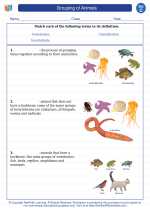Reflecting Telescopes
A reflecting telescope is a type of telescope that uses a combination of mirrors to gather and focus light to create an image. This type of telescope was invented by Sir Isaac Newton in the 17th century and has since become one of the most widely used telescope designs in the world.
How Reflecting Telescopes Work
Reflecting telescopes use a curved primary mirror to gather and focus incoming light. This curved mirror reflects the light to a secondary mirror, which in turn reflects the light to the eyepiece or camera. The primary mirror is usually concave, while the secondary mirror is typically flat. When light from a distant object enters the telescope, it is reflected by the primary mirror and then redirected by the secondary mirror to create an image that can be viewed or captured.
Advantages of Reflecting Telescopes
Reflecting telescopes have several advantages over other types of telescopes, including:
- Reduced chromatic aberration: Reflecting telescopes do not suffer from chromatic aberration, which is a distortion of colors that can occur in refracting telescopes.
- Large apertures: Reflecting telescopes can be built with larger apertures, allowing them to gather more light and produce brighter images.
- Compact design: The use of mirrors allows reflecting telescopes to be more compact and lightweight than refracting telescopes of similar aperture.
- Ease of construction: Mirrors are easier and less expensive to manufacture than lenses, making reflecting telescopes more affordable and accessible.
Components of a Reflecting Telescope
A typical reflecting telescope consists of the following components:
- Primary mirror: This is the large concave mirror that gathers and focuses incoming light.
- Secondary mirror: This smaller flat mirror reflects the light to the eyepiece or camera.
- Tube: The tube holds the mirrors in place and protects them from dust and other debris.
- Mount: The mount allows the telescope to be pointed and tracked as celestial objects move across the sky.
- Eyepiece: The eyepiece is used to magnify the image formed by the mirrors, allowing the observer to view distant objects more closely.
Study Guide
To learn more about reflecting telescopes, you can explore the following topics:
- The history of reflecting telescopes and the contributions of Sir Isaac Newton to their development.
- The differences between reflecting and refracting telescopes, including their advantages and disadvantages.
- The process of mirror fabrication and how modern technology has improved the quality of telescope mirrors.
- The role of reflecting telescopes in astronomical research and discoveries, including their use in space telescopes such as the Hubble Space Telescope.
Reflecting telescopes have revolutionized our understanding of the universe and continue to be essential tools for astronomers and enthusiasts alike. With their ability to gather large amounts of light and produce high-quality images, reflecting telescopes offer a fascinating window into the cosmos.
.◂Science Worksheets and Study Guides Third Grade. Grouping of Animals
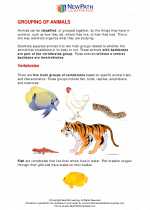
 Activity Lesson
Activity Lesson
 Worksheet/Answer key
Worksheet/Answer key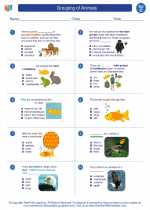
 Worksheet/Answer key
Worksheet/Answer key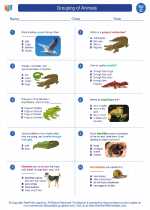
 Worksheet/Answer key
Worksheet/Answer key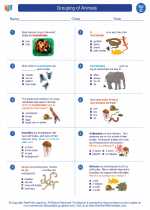
 Worksheet/Answer key
Worksheet/Answer key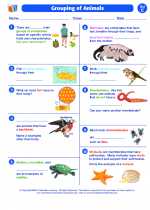
 Vocabulary/Answer key
Vocabulary/Answer key